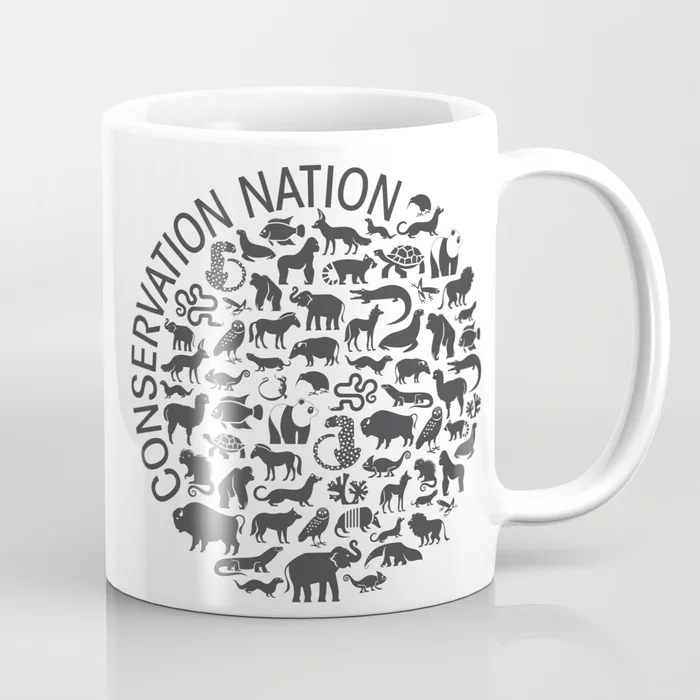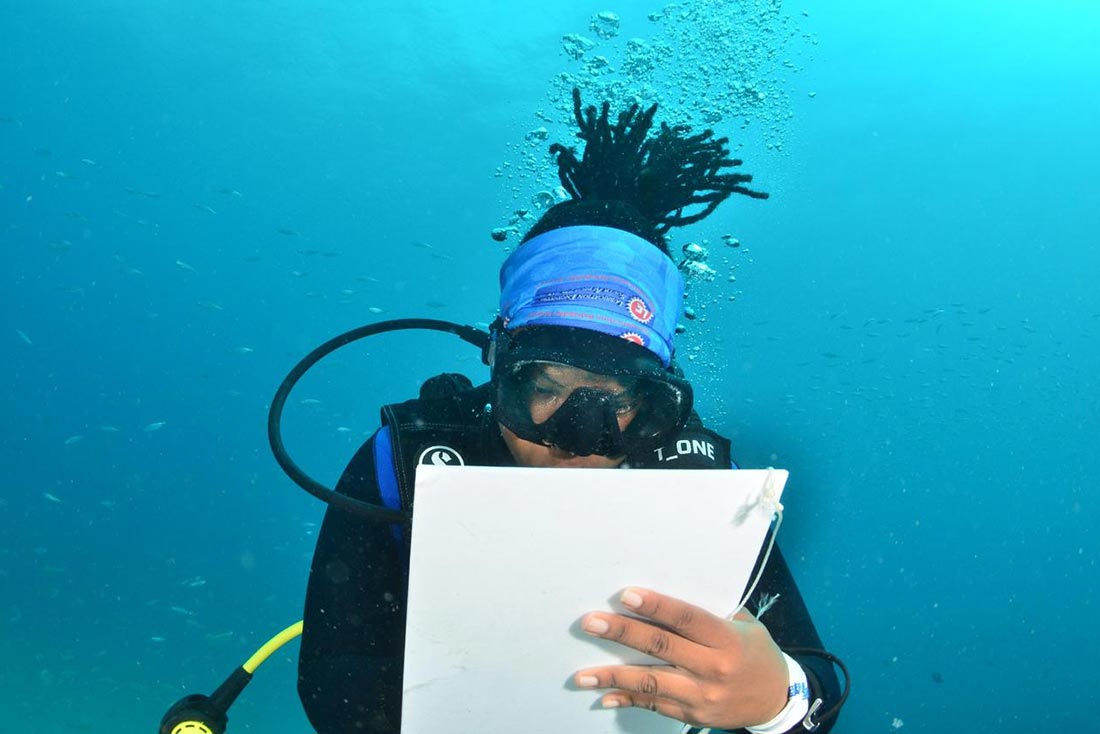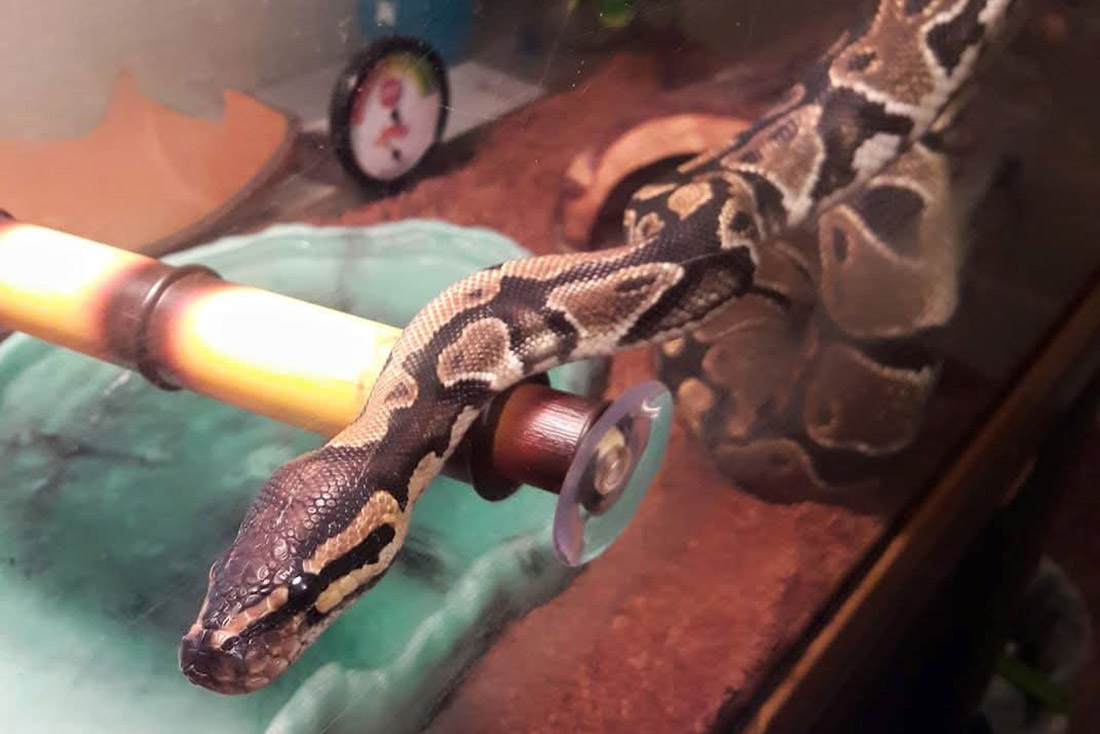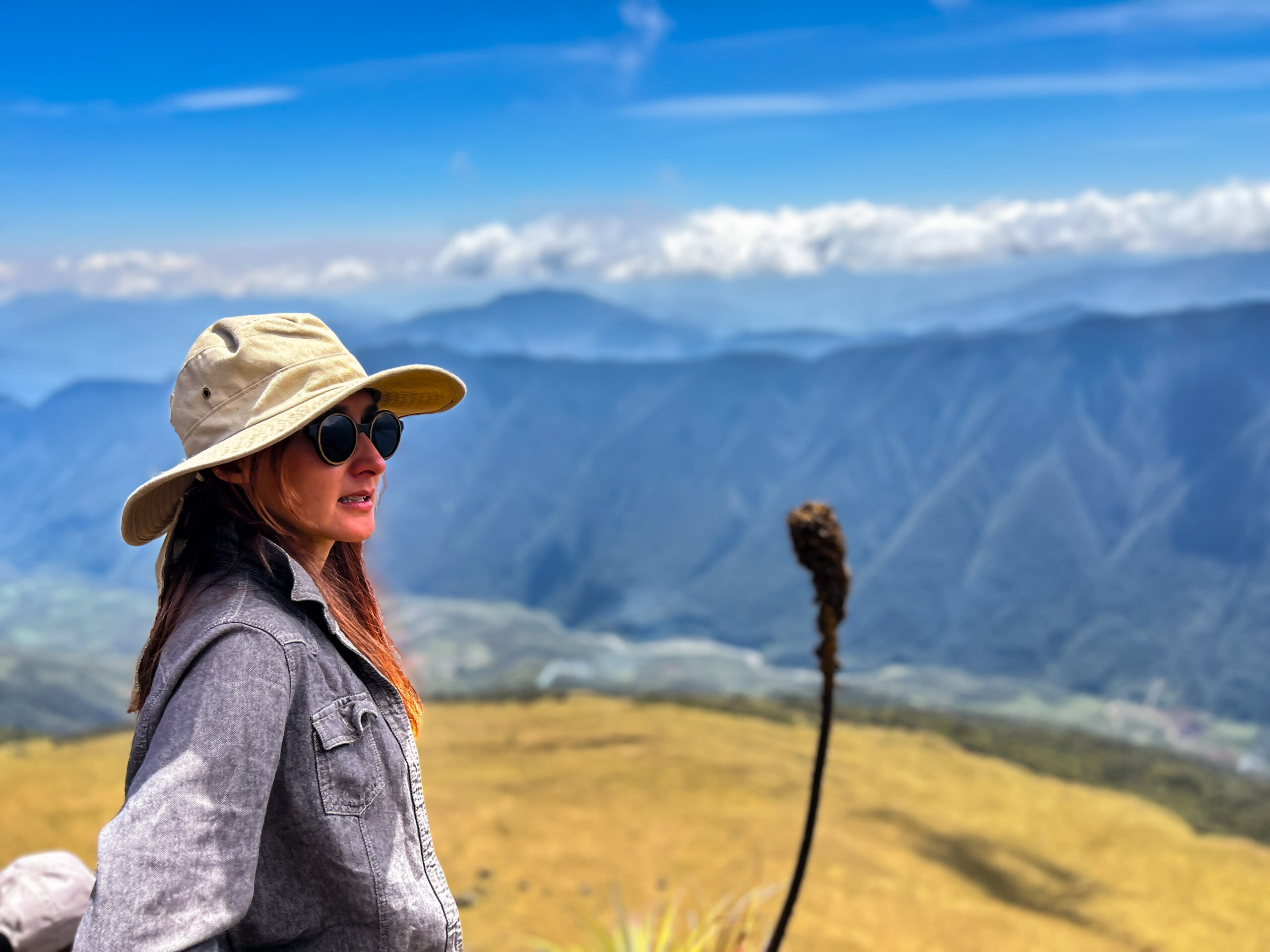Dinosaurs are vanishing again. Except this time, they’re disappearing in the form of modern birds. According to a paper published in Science and co-authored by researchers from the Smithsonian Migratory Bird Center, 2.9 billion birds have been lost in Canada and the United States—a 29 percent decline—since 1970.
Grassland birds, like the meadowlark, are hit hardest, with more than 720 million birds gone in the past 50 years. Smithsonian researchers have worked tirelessly to save these threatened birds; for example, as reported in August, a Conservation Nation-funded meadowlark project seeks to track where these grassland species migrate across North America, so that efforts can be made to protect those lands.
“With more than 90 percent of our landscape under private ownership, the future of these bird communities relies almost entirely on decisions made by private landowners,” said Dr. Amy Johnson.
That’s why collaboration is key. Johnson is the director of Virginia Working Landscapes, a program based at the Smithsonian Conservation Biology Institute in Front Royal, Virginia, that acts as a bridge between conservationists and private landowners, creating a coalition to protect these species and help researchers understand their migratory patterns. But efforts have not stopped there.
“This project has sparked our participation in the formation of an informal ‘eastern meadowlark working group’ involving scientists from multiple states interested in collaborating to generate more knowledge about meadowlark ecology across their range,” Johnson said. “This is one of few projects actively trapping and tagging meadowlarks, with many other states eager to learn from our efforts. We have also benefitted through this working group by learning from researchers who have tried this in the past and have provided recommendations for improving capture rates and tag success.” Johnson says more meadowlarks with be tagged during the next trapping season in April of 2020.
You can make a difference, especially if you live in an affected region. Check out the Virginia Working Landscapes website to learn more about what you can do to protect birds, and how you can participate in citizen science efforts.








